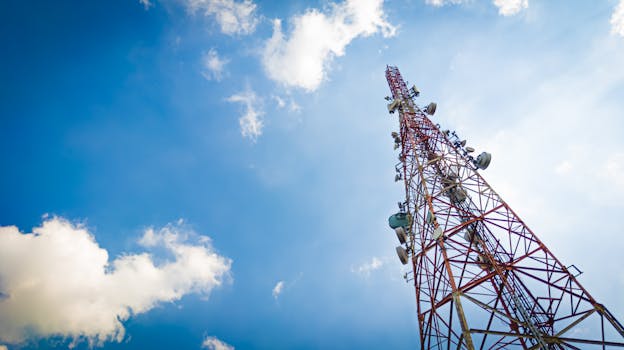
The Future of Satellites: A New Era in Space Exploration and Connectivity
The future of satellites is rapidly evolving, with advancements in technology and increasing demand for global connectivity. The future of satellites is looking bright, with Focus Keyword: Future of satellites being at the forefront of this revolution. Satellites have been a crucial part of our daily lives, providing us with navigation, communication, and entertainment. However, the next generation of satellites is expected to be even more powerful, efficient, and versatile.
Advancements in Satellite Technology
One of the most significant advancements in satellite technology is the development of small satellites, also known as CubeSats. These satellites are smaller, lighter, and more affordable than traditional satellites, making them an attractive option for companies and organizations looking to launch their own satellites. Small satellites have paved the way for a new era of space exploration, enabling the launch of constellations of satellites that can provide global coverage and connectivity.
Another area of advancement is in the field of propulsion systems. Traditional satellites use chemical propulsion systems, which are heavy and inefficient. However, new propulsion systems, such as electric propulsion and advanced ion engines, are being developed, which are more efficient and can extend the lifespan of satellites. These advancements have significant implications for the future of satellites, enabling them to stay in orbit for longer periods and reducing the need for costly and complex satellite replacement missions.
Increasing Demand for Global Connectivity
The demand for global connectivity is increasing rapidly, driven by the growing need for internet access, mobile communication, and navigation. Satellites play a critical role in providing connectivity to remote and underserved areas, where traditional communication infrastructure is lacking. The future of satellites is expected to be shaped by this increasing demand, with satellite constellations and high-throughput satellites (HTS) being developed to meet the growing need for bandwidth and connectivity.
For example, companies like SpaceX and OneWeb are launching constellations of satellites to provide global internet coverage. These constellations will enable the provision of high-speed internet services to remote and underserved areas, bridging the digital divide and enabling access to a wide range of applications and services. The impact of these developments will be significant, enabling the provision of critical services such as telemedicine, online education, and emergency response services.
Challenges and Opportunities
Despite the many advancements and opportunities in the satellite industry, there are also challenges that need to be addressed. One of the significant challenges is the issue of space debris, which is a growing concern for the satellite industry. Space debris can cause significant damage to satellites and other spacecraft, and it is essential to develop sustainable and responsible practices for the management of space debris.
Another challenge is the issue of regulatory frameworks, which are still evolving and often unclear. The satellite industry needs clear and consistent regulatory frameworks to ensure that it can operate effectively and efficiently. The development of regulatory frameworks will be critical in shaping the future of satellites, enabling the industry to innovate and grow while ensuring that the risks associated with satellite operations are mitigated.
Conclusion
In conclusion, the future of satellites is rapidly evolving, with advancements in technology and increasing demand for global connectivity. The development of small satellites, advanced propulsion systems, and satellite constellations is expected to shape the future of the satellite industry. However, there are also challenges that need to be addressed, such as space debris and regulatory frameworks. As the satellite industry continues to grow and evolve, it is essential to develop sustainable and responsible practices that ensure the long-term viability of the industry.
